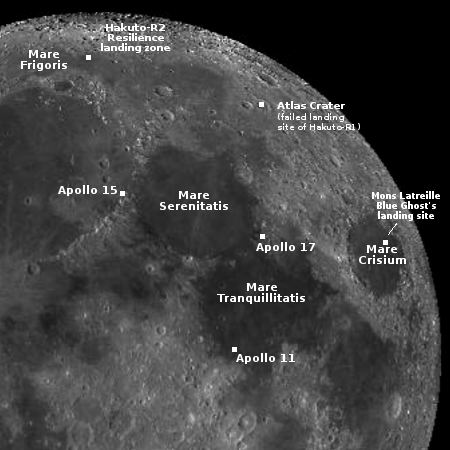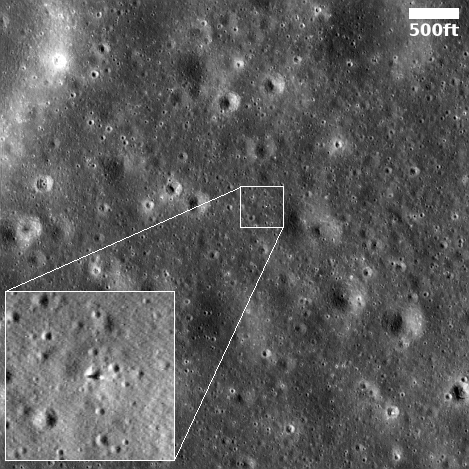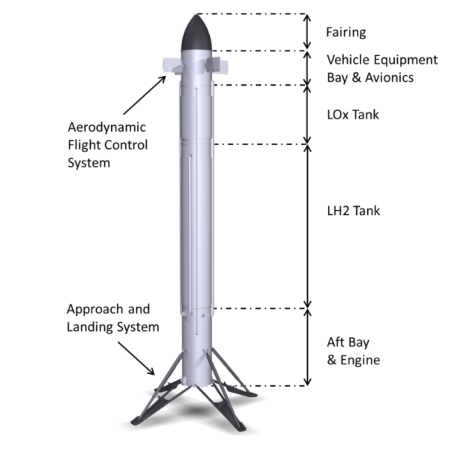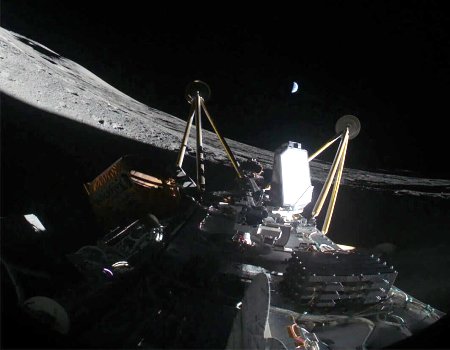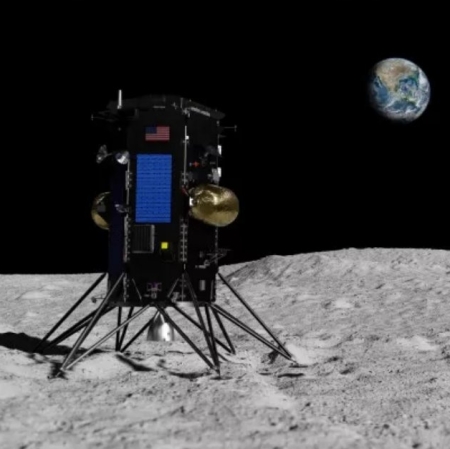Ohio lawmakers lobby Trump to move NASA headquarters there
In a letter [pdf] dated March 11, 2025 to both vice president J.D. Vance and Jared Isaacman, presently nominated to become NASA administrator, a group of federal and state lawmakers from Ohio urged the Trump administration to move the agency’s headquarters to their state.
“While we recognize that other states, including Florida, Alabama, and Texas, may pursue similar proposals, Ohio presents a uniquely advantageous case due to its rich aerospace heritage, lower operational costs, and central role in the nation’s technology and defense sectors,” read the letter, signed by Ohio Republican Reps. Max Miller, Troy Balderson, Mike Carey, Warren Davidson, Jim Jordan, Dave Joyce, Bob Latta, Michael Rulli, Dave Taylor and Mike Turner and Democratic Rep. Marcy Kaptur. Buckeye State Sens. Bernie Moreno and Jon Husted, both Republicans, signed onto the letter as well.
Florida officials have already made their own proposal for capturing NASA headquarters. Based on this growing lobby effort, it really looks like the Trump administration is serious about scaling down NASA’s headquarters and moving it from the District of Columbia.
In a letter [pdf] dated March 11, 2025 to both vice president J.D. Vance and Jared Isaacman, presently nominated to become NASA administrator, a group of federal and state lawmakers from Ohio urged the Trump administration to move the agency’s headquarters to their state.
“While we recognize that other states, including Florida, Alabama, and Texas, may pursue similar proposals, Ohio presents a uniquely advantageous case due to its rich aerospace heritage, lower operational costs, and central role in the nation’s technology and defense sectors,” read the letter, signed by Ohio Republican Reps. Max Miller, Troy Balderson, Mike Carey, Warren Davidson, Jim Jordan, Dave Joyce, Bob Latta, Michael Rulli, Dave Taylor and Mike Turner and Democratic Rep. Marcy Kaptur. Buckeye State Sens. Bernie Moreno and Jon Husted, both Republicans, signed onto the letter as well.
Florida officials have already made their own proposal for capturing NASA headquarters. Based on this growing lobby effort, it really looks like the Trump administration is serious about scaling down NASA’s headquarters and moving it from the District of Columbia.




